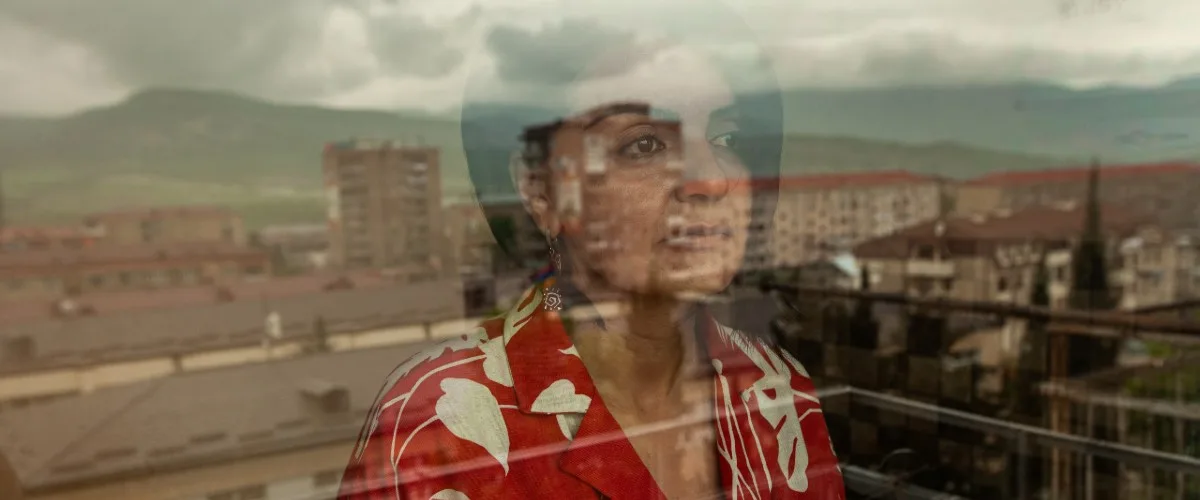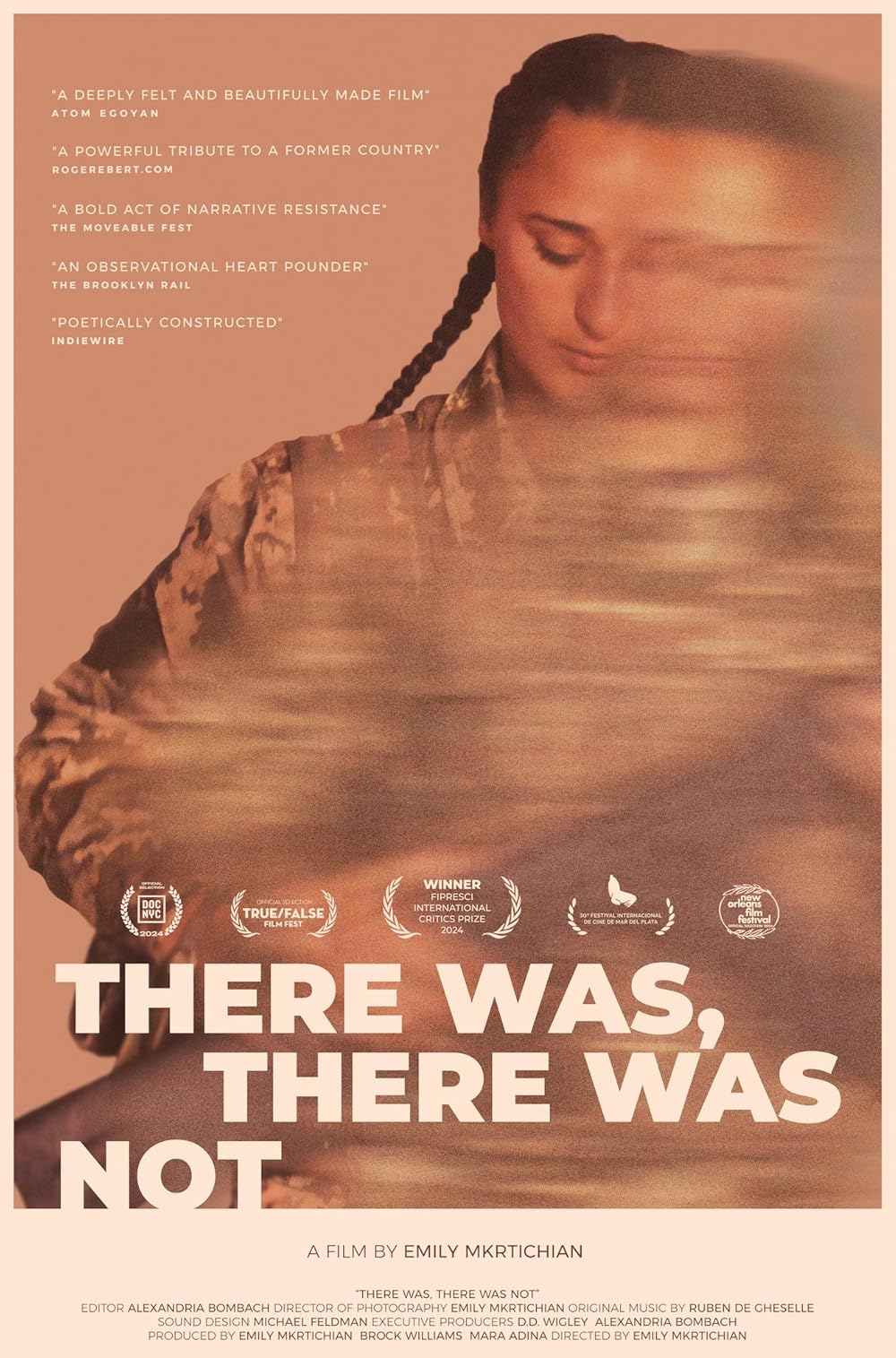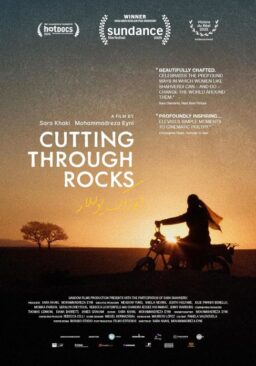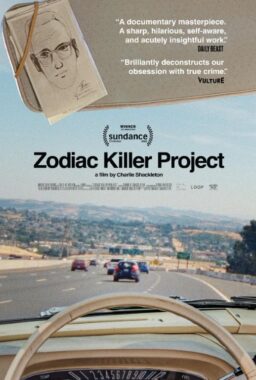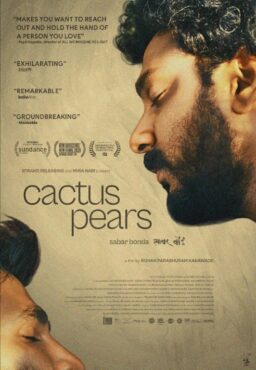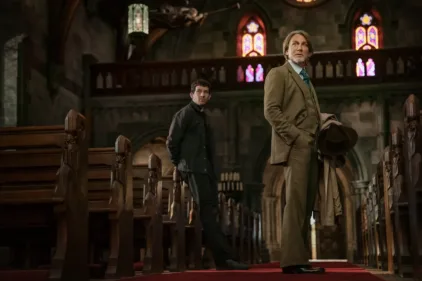Almost nothing is as tragic as a dream deferred. In Emily Mkrtichian’s elegiac documentary “There Was, There Was Not,” we witness the dreams of four separate women living in the Republic of Artsakh derailed by the specter of war. The region, which was home to Indigenous Armenians, was initially founded by Stalin within the borders of Azerbaijan. In 1988, when the Soviet Union began to destabilize, Armenia and Azerbaijan went to war to win control of the area of Artsakh. After several years of conflict, in 1994, the Republic of Artsakh was officially formed, living in relative peace until it was invaded by Azerbaijan in 2020.
“There Was, There Was Not,” which is distributed by Watermelon Pictures and Suncatcher Productions, chronicles the last days of the country through the stories of four women affected by displacement and the violent disillusionment of their homeland. It’s a film that’s as aching as it is defiant, reflecting its diverse subjects.
Mkrtichian begins the film in 2018, and within the first fifteen minutes, she swiftly introduces us to her subjects. Sveta defuses bombs still left over from the last war; Siranush is running for city council; Sose hopes to represent her country in Judo in the Olympics; Gayane operates a women’s center from her home. Each person is distinctly connected to the fabric of Artsakh, with some having roots in the verdant, lush rolling hills of the bucolic countryside. Mkrtichian captures rural scenes, like Sose visiting her grandmother with flowers, and the urban happenings within bazaars with an uncanny gentleness that makes one wonder if she instinctively knew the fragility of such images.
Mkrtichian also keenly documents the inner lives and resilience of these women. Siranush, for instance, who believes there are too few women on the male-dominated city council, is unafraid of directly canvassing men on the street. Gayane, who fears reprisals against her family due to her gender politics, shares that when she passed out feminist postcards, she was accused of handing out pornography. Svet always seems equally at ease digging into a hill for an explosive device as she is raising her daughters. Though Sose is a fighter, she might be the softest, so to speak, of the quartet: She shows off her stuffed animal collection, which includes a tiny bear named Mr. Bean, and is often the quickest to laugh.
Fascinatingly, we don’t follow these women together. Each woman’s story is its own discrete kind of short film. The only time their stories converge is briefly in the film’s second half, when war arrives in the region in 2020. Siranush meets Sveta while sitting on her stoop; the latter is passing out fliers warning of the types of explosives being deployed around them. Each woman’s life has been dramatically altered by the war, with many finding their own ways to support those affected by the conflict: Siranush bakes bread for the front line, and Gayane gathers supplies, such as clothing, for refugees.
Of the four stories, the most heartbreaking is Sose. She decides to suspend her sporting career to become a soldier. Shaky guerrilla footage gives us a glimpse of the front line and the lack of supplies possessed by Artsakh. For instance, Sose is clearly wearing Converse underneath her army fatigues. Mkrtichian also juxtaposes two separate scenes featuring Sose. At the beginning of the film, she appears in her Judogi, speaking to young Judo students. Later, while in the army, she shows a group of girls how to dismantle and reassemble a rifle. In the latter scene, the buoyancy that once uplifted her is now as depressed as the ground after a bulldozer flattens it.
After 44 days of war, Russia called for a peace that required Artsakh to relinquish 75% of its land to Azerbaijan. It’s a harsh reality for these women to reckon with; they’re heartbroken, mourning a country and future that appears to be all but extinguished. Because for these women, along with their many countrymen, the dream wasn’t just deferred. It was destroyed. And while Mkrtichian attempts to give them some semblance of a happy ending, composing a drone shot overlooking the idyllic hill where the women are finally meeting, we know the moment is merely a brief respite from their grim reality.
Though “There Was, There Was Not” is derived from the way Armenians open a fairytale, the title fully captures the waking nightmare of permanent displacement.

